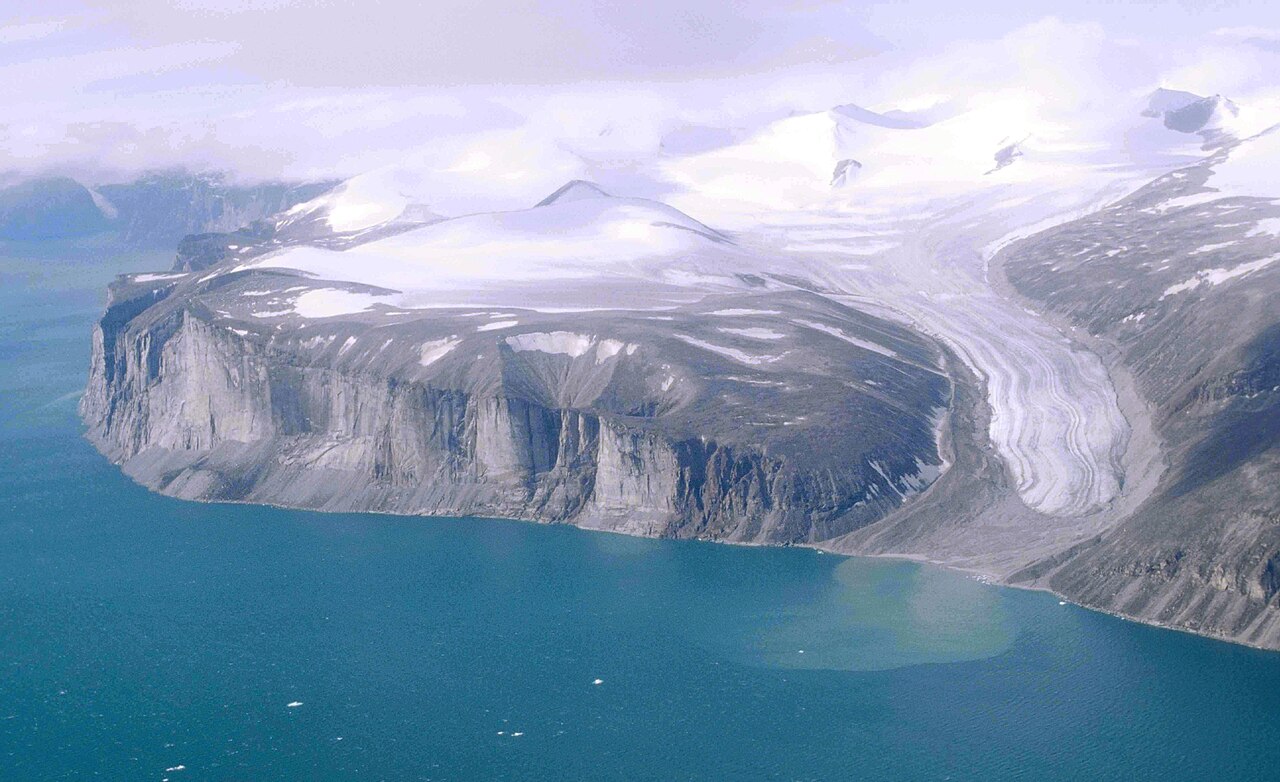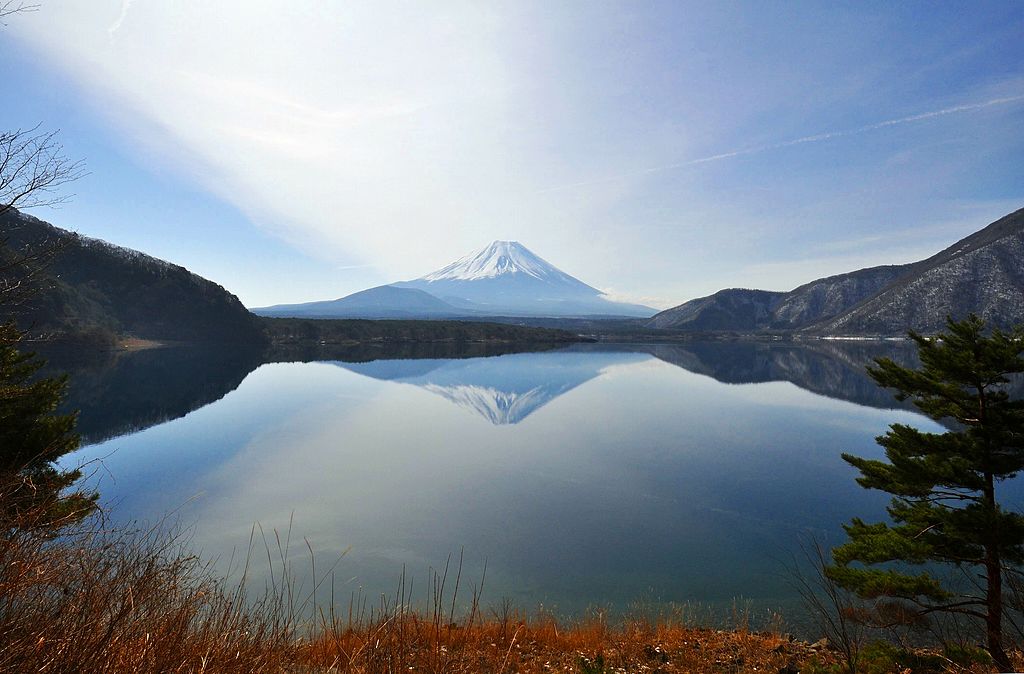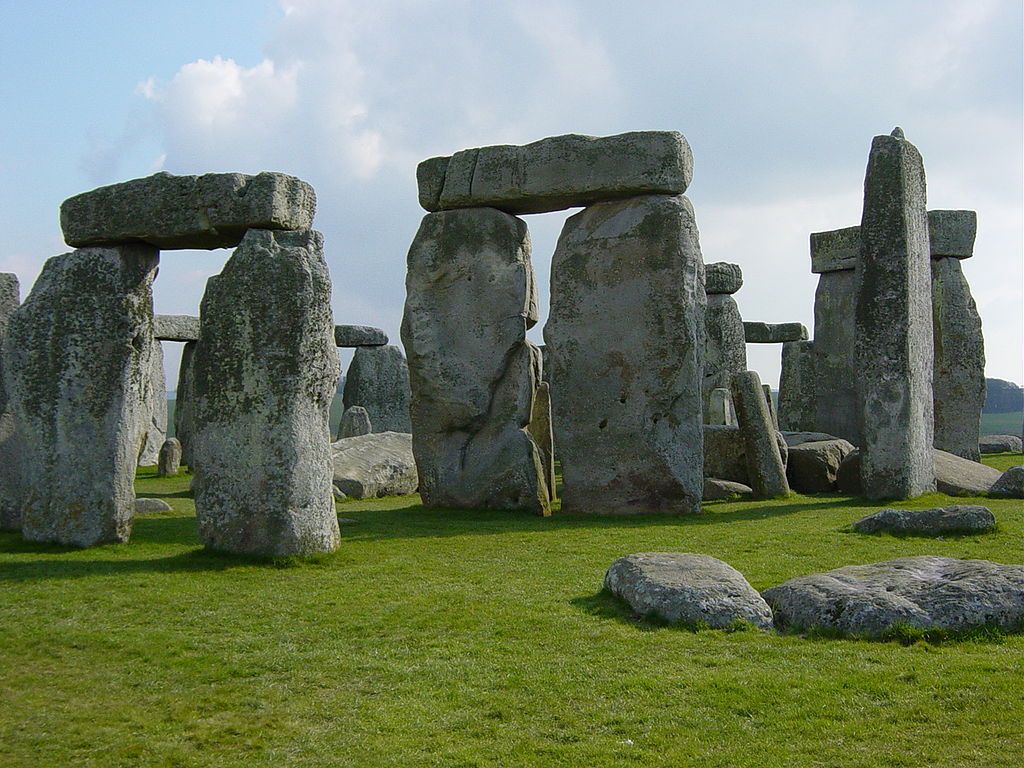Articles > Geography
Ready to take on the 100 Largest World Islands quiz? You’ll need to know these to get started. Here are the largest islands in the world and a little information on each.
1. Greenland – 2,130,800 sq km

Greenland, the world’s largest island, covers over 2.1 million square kilometers and is part of the Kingdom of Denmark. Despite its vast size, much of Greenland is covered in ice, leaving only a narrow strip of land along the coast habitable. The island is sparsely populated, with most of its inhabitants being indigenous Greenlandic Inuit. Nuuk is the island’s capital, and the country’s economy is largely dependent on fishing, mining, and tourism. Greenland’s harsh, arctic climate and its melting glaciers due to climate change make it a subject of increasing global attention.
2. New Guinea – 785,753 sq km

New Guinea, the second-largest island in the world, is divided between two countries: Papua New Guinea in the east and Indonesia in the west. Covering over 785,000 square kilometers, it is known for its rugged mountainous terrain and rich biodiversity, with rainforests, unique wildlife, and a variety of indigenous cultures. New Guinea’s biodiversity is second only to the Amazon, and the island is a hotspot for conservation efforts. The island has a wide range of cultures, with hundreds of indigenous languages spoken throughout.
3. Borneo – 748,168 sq km

Borneo, the third-largest island in the world, is politically divided among three countries: Indonesia, Malaysia, and Brunei. Most of the island, about 73%, belongs to Indonesia, while Malaysia and Brunei occupy smaller portions. Borneo is known for its ancient rainforests, which are home to endangered species like the orangutan and pygmy elephant. The island is also rich in natural resources such as oil and gas. The deforestation of Borneo’s rainforests has raised significant environmental concerns in recent decades.
4. Madagascar – 587,713 sq km

Madagascar, located off the southeastern coast of Africa, is the fourth-largest island in the world. It is known for its unique flora and fauna, much of which cannot be found anywhere else on Earth. Lemurs, baobab trees, and chameleons are among the species that make Madagascar a biodiversity hotspot. The island was settled by humans relatively late, around 2,000 years ago, leading to the preservation of many of its ecosystems until modern times. The Malagasy culture is distinct, with influences from Africa, Asia, and Europe.
5. Baffin Island – 507,451 sq km

Baffin Island, part of Canada, is the largest island in the Arctic Archipelago and the fifth-largest island in the world. Its rugged, icy landscape includes deep fjords, towering glaciers, and arctic wildlife, including polar bears and narwhals. Baffin Island is sparsely populated, with Inuit communities living in small settlements, the largest being Iqaluit, the capital of Nunavut. The island’s harsh climate and long winters make it a challenging place to live, but its untouched beauty draws adventurers and researchers.
6. Sumatra – 480,848 sq km

Sumatra, Indonesia’s second-largest island, is famous for its volcanoes, rainforests, and rich biodiversity. Covering over 480,000 square kilometers, Sumatra is home to endangered species such as the Sumatran tiger, rhinoceros, and orangutan. The island’s equatorial position gives it a tropical climate, with dense rainforests and fertile lands. Sumatra is also known for its coffee production, with Sumatran coffee being one of the most popular varieties worldwide. However, deforestation and palm oil plantations have caused significant environmental challenges on the island.
7. Honshu – 225,800 sq km

Honshu is Japan’s largest and most populous island, home to the country’s capital, Tokyo, and major cities like Osaka and Kyoto. Spanning over 225,000 square kilometers, Honshu hosts Japan’s political, cultural, and economic centers. The island is characterized by its varied landscapes, including mountainous regions such as the Japanese Alps, fertile plains, and scenic coastlines. Honshu is also home to the iconic Mount Fuji, a symbol of Japan. The island has played a central role in Japanese history and continues to be the heart of the nation’s cultural and industrial life.
8. Victoria Island – 217,291 sq km

Victoria Island, part of Canada’s Arctic Archipelago, is the eighth-largest island in the world. It covers over 217,000 square kilometers and is known for its remote and rugged terrain. The island is split between Nunavut and the Northwest Territories, and it is one of the least inhabited places on Earth. Victoria Island’s landscape includes icy tundra, cliffs, and glaciers, and it is an important habitat for arctic wildlife, including polar bears and migratory birds. The island is named after Queen Victoria, and it remains largely untouched by human activity.
9. Great Britain – 209,331 sq km

Great Britain, the ninth-largest island in the world, is home to the United Kingdom’s nations of England, Scotland, and Wales. Covering over 209,000 square kilometers, it has played a significant role in global history, especially through the British Empire. The island’s diverse landscapes include the rolling hills of England, the rugged highlands of Scotland, and the scenic valleys of Wales. London, the capital of the UK, is one of the world’s leading global cities. Great Britain is known for its rich history, cultural contributions, and modern influence.
10. Ellesmere Island – 196,236 sq km

Ellesmere Island, located in Canada’s Arctic, is the tenth-largest island in the world. Known for its harsh climate and extreme isolation, Ellesmere is one of the northernmost inhabited places on Earth. The island’s landscape is dominated by ice fields, glaciers, and rugged mountains. It is a key location for polar research and is home to several species of arctic wildlife, including musk oxen and arctic hares. Ellesmere Island is part of the Quttinirpaaq National Park, one of the most remote and least visited national parks in the world.



